Why a MacBook with a touchscreen keyboard isn't the worst idea ever
No, I haven't gone completely mad
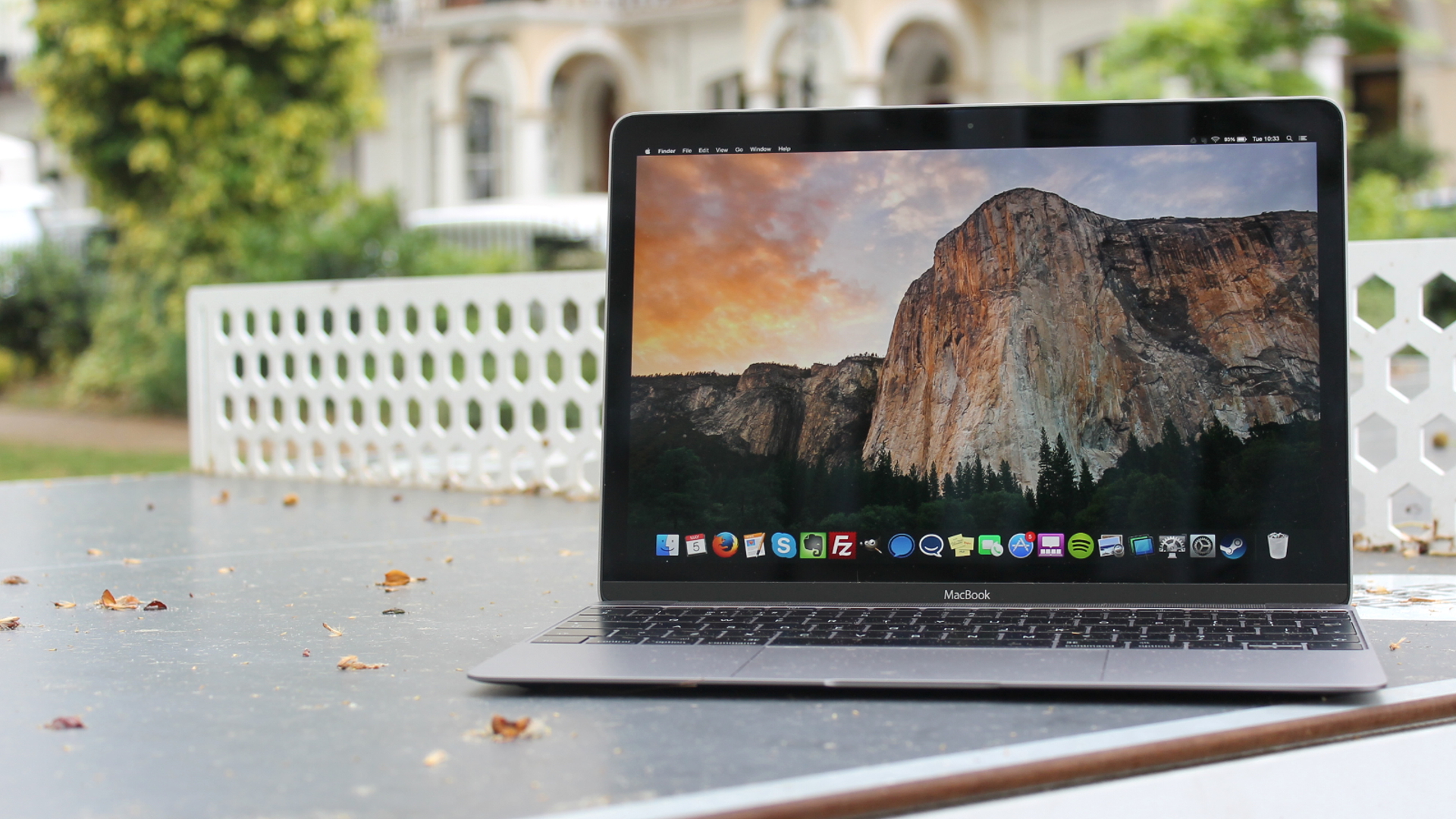
Have you seen the latest patent filed by Apple? It depicts a MacBook with an iPad-style touchscreen keyboard on the base (instead of the display), which seems like a totally Apple thing to do.
In place of a physical keyboard and trackpad, the touchscreen's keys would indicate key presses by triggering haptic feedback. They would also light up to display shortcuts that change on-the-fly depending on what app is being used at the time.
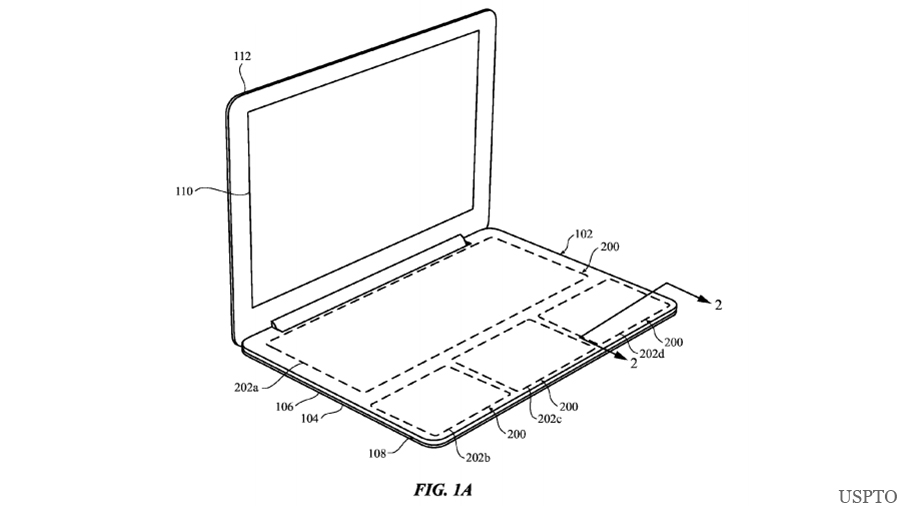
Called "zero travel" this keyboard from the future may form the basis for a new breed of wafer-thin MacBook. I know what you're thinking – a keyboard without physical keys? Why not just use an iPad?
Well, for a start this proposed computer would run OS X, meaning it would be better suited for certain tasks than a tablet. Second, it would make the 12-inch MacBook look seriously bloated.
With no physical keys, no USB-C port (let's imagine it's using WiGig for docking for peripherals and monitors), wireless charging (probably), and Bluetooth connectivity for headphones (if it goes down the iPhone 7 route), we're talking one barebone laptop. There would be nothing left to shave off.
Thin? Win!
Would Apple ever make such a machine? Patents are merely ideas on paper that companies don't want other companies to turn into reality, but there are reasonable grounds to believe that it would.
You see, the rumor mill reckons that Apple is gearing up to update its MacBook Air and Pro models this year with slim redesigned cases.
Get daily insight, inspiration and deals in your inbox
Sign up for breaking news, reviews, opinion, top tech deals, and more.
Compared to the 12-inch MacBook, they will likely do a much better job of combining cutting-edge design and power thanks to the inclusion of Intel's sixth-generation Skylake processors under the hood.
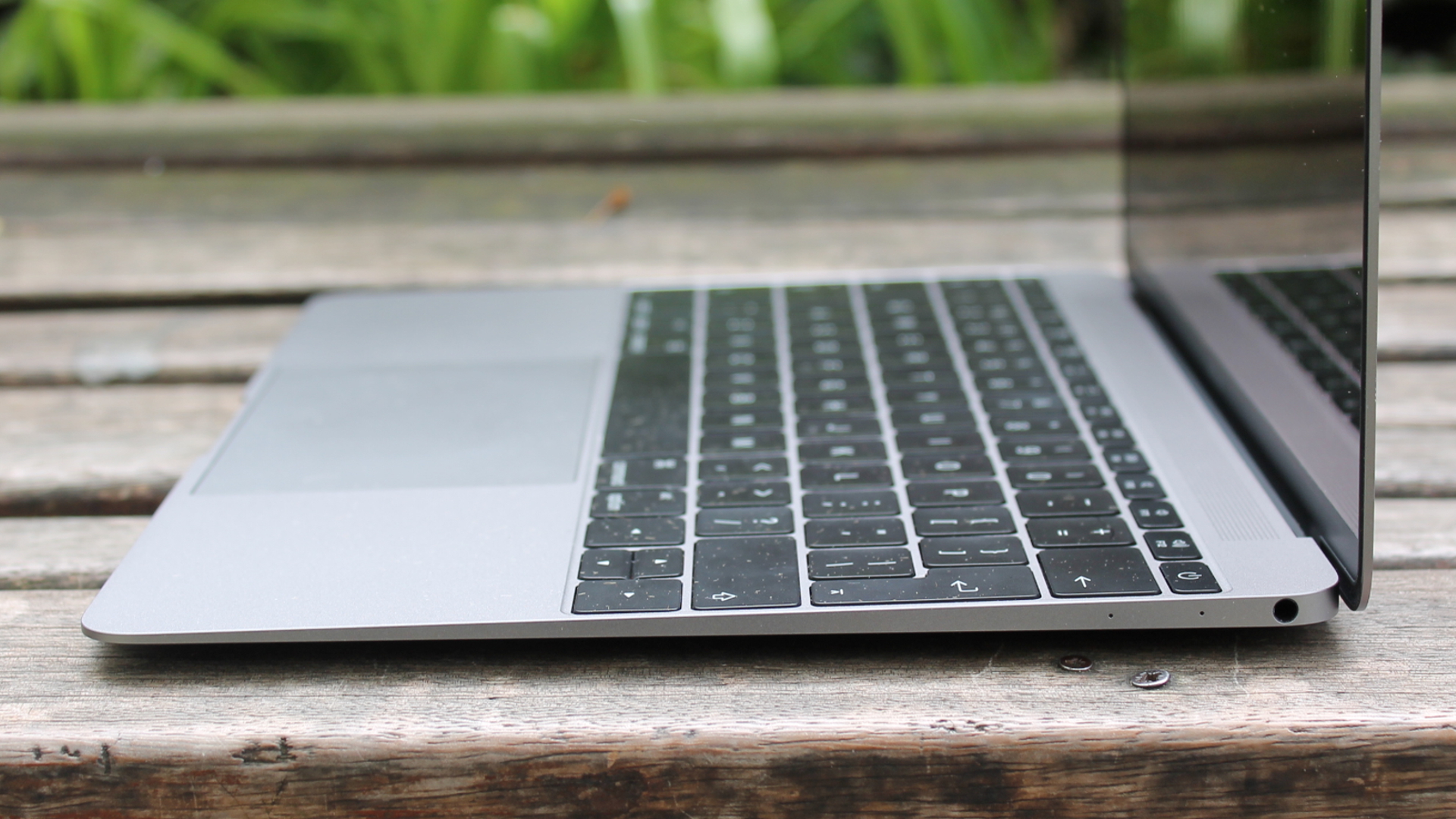
With those systems catering for a more productivity-focused audience, Apple will have room to take the 12-inch MacBook to its natural conclusion: the thinnest, lightest laptop in existence.
Some people call the 2015 model a "Facebook machine", which is intended as an insult but accurately conveys what the laptop described in Apple's patent would be used for: namely tablet-like experiences such as checking social media, watching video, checking emails and so on.
Would I use one? Over a next-generation MacBook Air or Pro, probably not. But there are scores of people out there who need a computer for basic tasks who I think would be seriously tempted.
Keys to success
Aside from allowing such a MacBook to be razor-thin, the touch-operated keyboard would allow for some interesting options when it comes to custom configurations and lighting up shortcuts under certain keys.
Apple could even embed a touch-operated keypad to the right of the keyboard that could be geared toward spreadsheets (for triggering formulas), Garageband (for controlling loops) or even something like Ulysses (to display word counts and progress).
I like the idea of replacing function keys that I don't use, such as those for triggering Launchpad and Mission Control, with ones that show how many messages are waiting on social networks and inboxes.
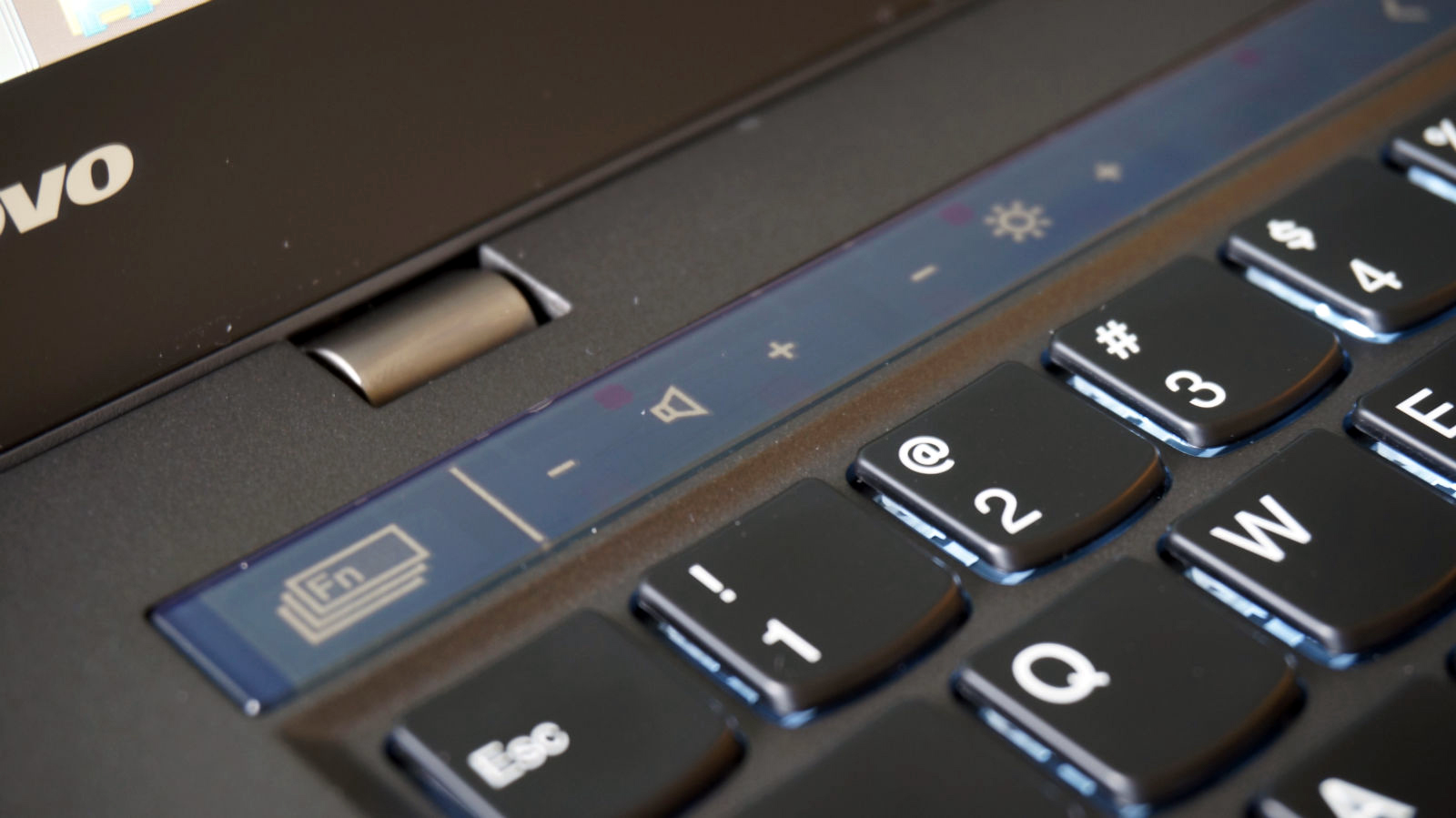
Lenovo was the last to try something similar with the 2014 version of the ThinkPad X1 Carbon. Its Adaptive Keyboard replaced the traditional function keys with a row of capacitive ones that changed their icons according to what program was running.
Its first mode was to show a regular row of function keys, with three other modes catering for various business activities. Conference mode, for example, would light up keys for muting your mic and turning off your webcam.
Lenovo's gamble on innovation was applauded, but the execution was poor. It was hard to tell which icons did what, difficult to customize the various modes and Lenovo made things worse by swapping the Caps Lock key with the Home button.
ThinkPad fans are a notoriously conservative bunch and Lenovo deserves a medal for even going there, but the company didn't help itself and the Adaptive Keyboard was scrapped for the next version.
Acer also attempted a touchscreen keyboard device in 2011. Called the Iconia Touchbook, it covered the entire keyboard with a touchscreen surface that allowed for both input and displaying information.
Apple would need to do a much better job than Acer and Lenovo on the both the hardware and software side; icons under keys would need to be bright and easy to see and customization of various configurations would need to be done through intuitive software.
Tim Cook & co could even take a leaf out of Razer's book by allowing user-submitted keyboard shortcut configurations to be shared and downloaded among users, as users of its mechanical Chroma lighting keyboards do.
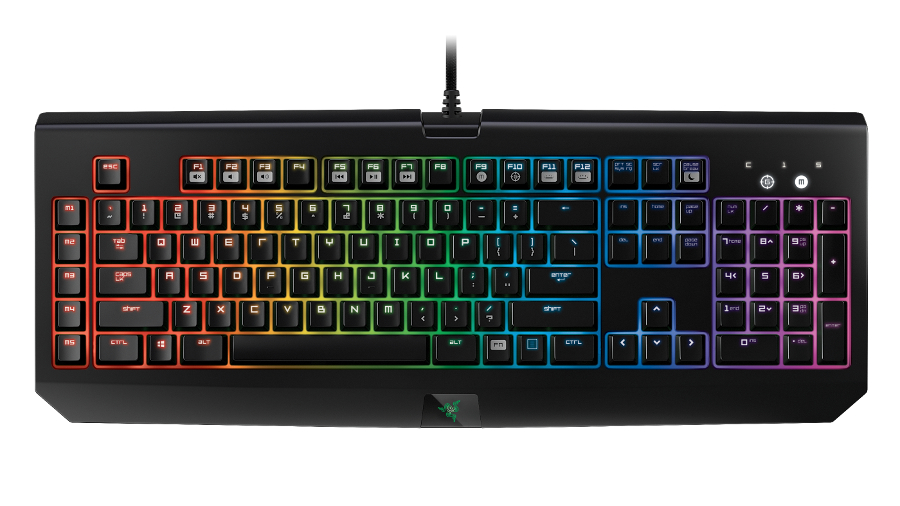
One big problem
The prospect of an impossibly thin MacBook with a chameleon keyboard toting an infinite number of configurations is a mouthwatering one but with one glaring problem.
With no physical feedback from keys, the typing experience may be so poor that you'd be no better than if you were tapping away on a tablet's on-screen keyboard.
There's a reason why Apple's iPad Pro and iPad Pro 9.7 tablets come with physical external keyboards: typing on a touchscreen sucks.
Trying to overcome the challenge might be one engineering feat too many for Apple, and it will be interesting to see if the patent is banished to the depths of Cupertino's UFO HQ.
I sure would like to try the laptop it envisions, if only to find out what the ultimate Facebook machine looks like once and for all.
